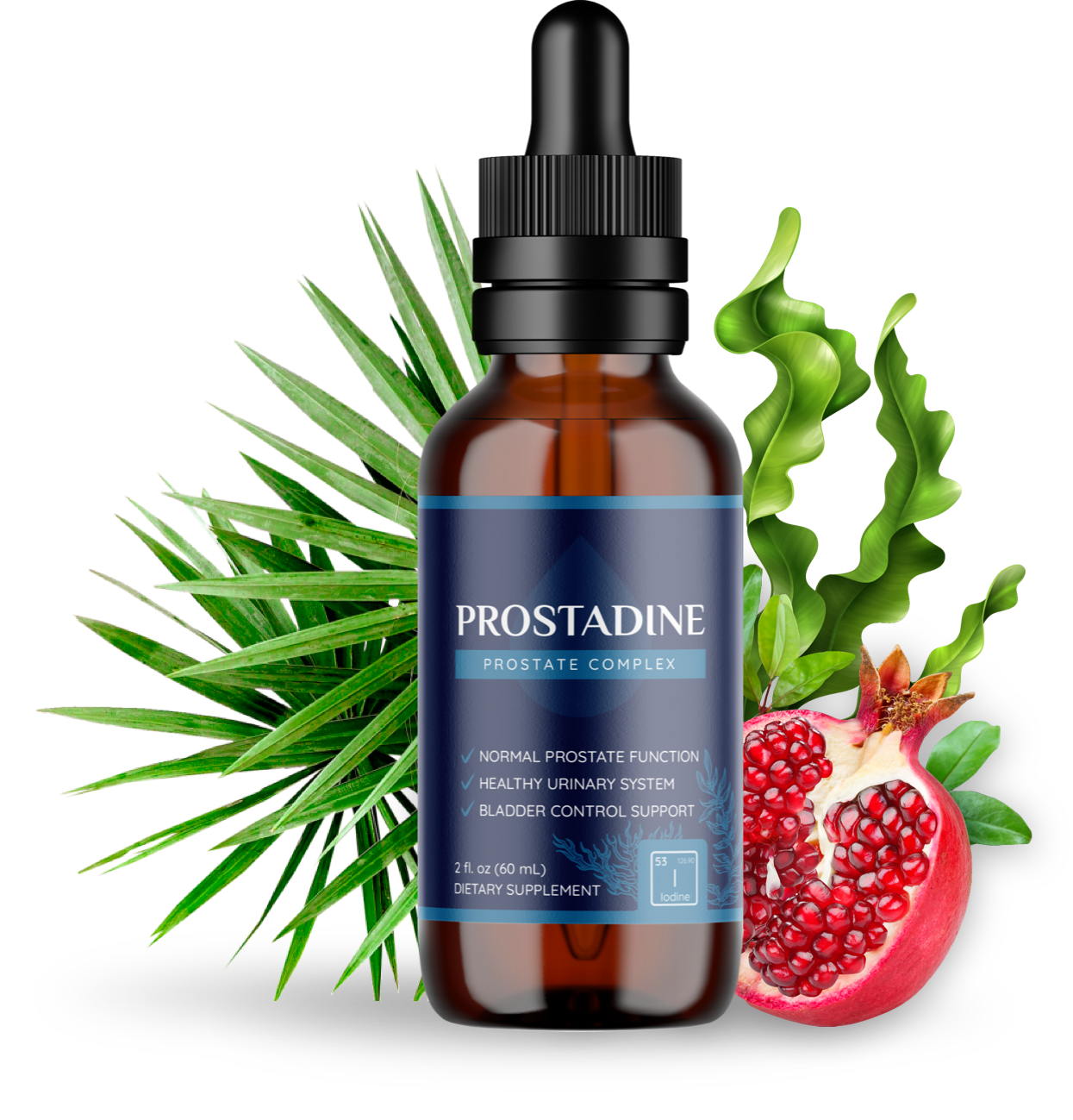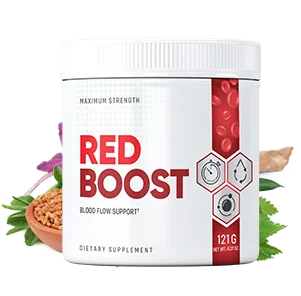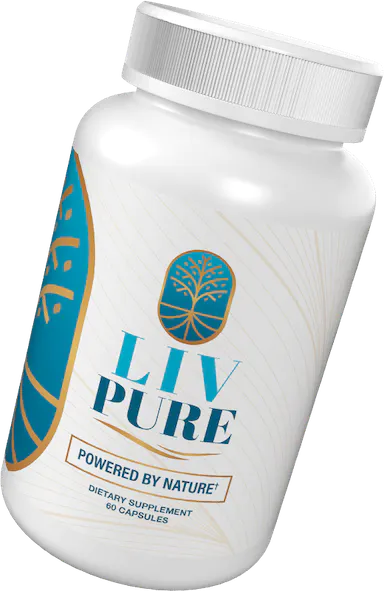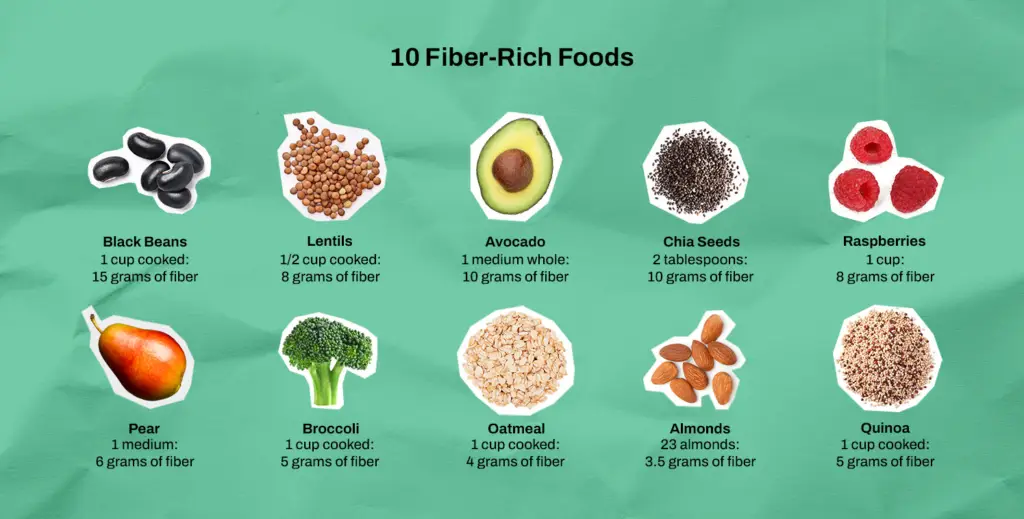We hate to be the bearer of bad news, but if you’re like most Americans, chances are you aren’t hitting your daily fiber goals. In fact, research shows that nearly 95 percent of Americans aren’t meeting the daily recommended intake of the nutrient on a regular basis, which can put folks at greater risk for developing chronic illnesses.
But before you dive headfirst into the wonderful world of fiber, Charleston-based registered dietitian Lauren Manaker, RD, says there are a few things you should know before upping your intake ASAP. For starters, although eating more (more, and more!) fiber is the goal, Manaker recommends ramping up your intake, slow and steady, to avoid overwhelming your digestive system. However, once you can handle the extra fiber boost, 30 grams of the nutrient per day is ultimately the goal for optimal digestion.
Don’t know where to start? No problem. Ahead, we’re sharing a 30 grams of fiber “cheat sheet” to help kickstart your journey.
What are the benefits of fiber?
According to Manaker, there are several reasons you should aim to eat more fiber daily. “Firstly, fiber aids in digestion and helps prevent constipation by adding bulk to the stool, making it easier to pass. This not only improves gastrointestinal health but also reduces the risk of developing hemorrhoids,” Manaker says.
In addition to the benefits for gut health, she points out that fiber can also help promote a healthier cardiovascular system. “Fiber-rich diets can help lower blood cholesterol levels, particularly the harmful LDL cholesterol, thereby decreasing the risk of heart disease,” she adds.
Fiber has also been linked to stabilizing blood sugar levels. “Fiber helps control blood sugar levels by slowing the absorption of sugar, which can be particularly beneficial for individuals with diabetes or those at risk of developing diabetes,” Manaker says. Finally, consuming more fiber can help promote feeling satiated, which provides overall metabolic benefits.
Why you should aim to get 30 grams of fiber daily
The recommended daily intake of fiber for adults is approximately 25 grams for women and 38 grams for men, Manaker explains. “This benchmark helps ensure that individuals receive the protective health benefits associated with a fiber-rich diet, such as improved digestion and reduced risk of chronic diseases,” she says. But Manaker reiterates that most folks are consuming much less than these standard recommendations. “Most adults are averaging only about 15 grams a day,” she says.
This is why Manaker says aiming for roughly 30 grams of fiber per day is a practical goal that coincides with the recommended guidelines of daily fiber intake. “30 grams is a good threshold for most adults to strive for in order to reap the health benefits of a high-fiber diet,” she says. It’s also worth noting that consuming 30 grams of fiber daily closely aligns with the eating habits of folks living in the Mediterranean, home to one of the longevity hotspots of the world, Ikaria, Greece.
Although adding more fiber to your diet isn’t the be-all and end-all for health, it certainly can help promote overall well-being, especially when paired with additional healthy lifestyle choices. Like, say, eating 30 grams of protein daily, too.
How can I get 30 grams of fiber a day?
The following is a list of 10 high-fiber foods to help meet your 30-grams-a-day fiber goals. Keep in mind that it’s optimal to consume a well-rounded diet that provides a wide variety of healthy foods to better reap the benefits of fiber. This is why Manaker recommends eating a combination—and not just one or the other—of the following fiber-rich foods to reach your daily fiber quotas.
“By integrating these foods into your daily meals, such as having oatmeal for breakfast, a pear as a snack, a salad with avocado and black beans for lunch, and a serving of quinoa with dinner, you can easily meet—or exceed—the 30 grams of daily fiber intake recommended for optimal health,” Manaker says. On that note, a good starting point is aiming to consume roughly six grams of fiber per meal to help keep your gut health in check.
10 fiber-rich foods to help meet your daily quotas
- Black Beans – 1 cup cooked: 15 grams of fiber
- Lentils – 1/2 cup cooked: 8 grams of fiber
- Avocado – 1 medium whole: 10 grams of fiber
- Chia Seeds – 1 ounce (about 2 tablespoons): 10 grams of fiber
- Raspberries – 1 cup: 8 grams of fiber
- Pear – 1 medium with skin: 6 grams of fiber
- Broccoli – 1 cup cooked: 5 grams of fiber
- Oatmeal – 1 cup cooked: 4 grams of fiber
- Almonds – 1 ounce (23 almonds): 3.5 grams of fiber
- Quinoa – 1 cup cooked: 5 grams of fiber
Related Posts
Recommended Story For You :

The alpine secret for healthy weight loss

The Most Potent Fast-Acting Formula For Incinerating Stubborn Fat

Real Cortexi Users Real Life‑Changing Results

This Cold Drink Might Trigger Your Prostate

Red Boost is a powerful new formula for boosting male sexual health.

Everything you eat or drink eventually reaches your liver for processing.

Brand New Probiotics Specially Designed For The Health Of Your Teeth And Gums

Empowering You to Take Control of Your Blood Sugar Health!


